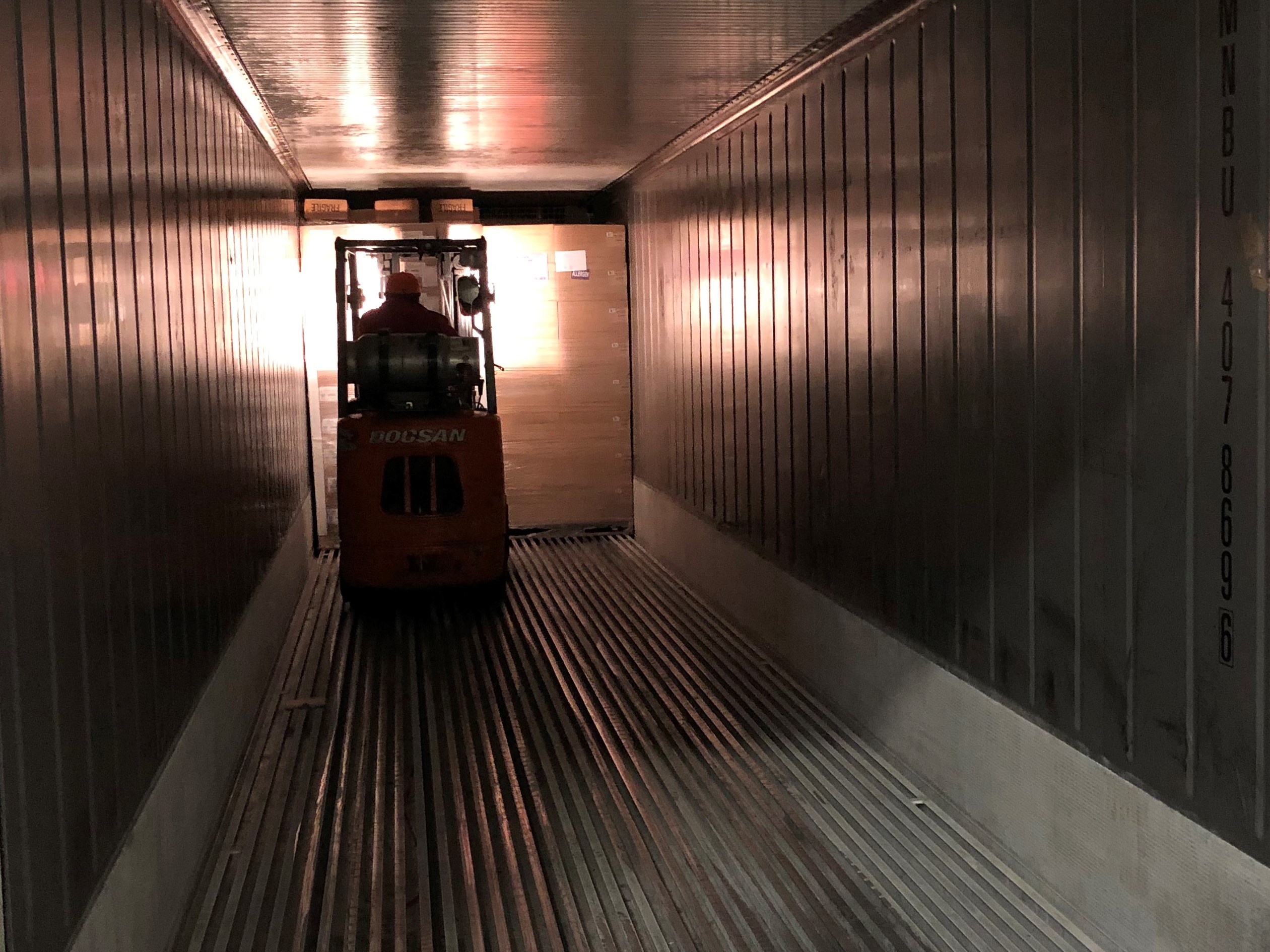LCL Less than Container Load Explained

LCL Shipping (Less than Container Load): Helpful Information
Sea, air or land. Choosing a shipping method involves many factors. How you ship can also mean a big difference in timing and costs. This is why LCL shipping is often a wise choice.
LCL is an acronym for “less than container load.” LCL refers to cargo not of sufficient weight or volume to economically fill 20 Ft. or 40 Ft. ocean shipping container.
Part of our supply chain solutions include arranging LCL service between major ports across the globe when an shipment order does not meet the volume requirements of an ocean container.
Advantages to LCL shipping:
- Freight costs are typically based on cargo volume as opposed to a flat rate as is the case with FCL (Full Container Load) shipments.
- Shipping fewer goods more frequently means spending less on inventory space.
- Although air freight offers a faster delivery time, LCL is significantly cheaper.
- During peak times when vessel capacity is near-full, LCL can be a more flexible and faster option compared to booking an shipment than FCL shipment.
Disadvantages to LCL shipping:
- Loading and unloading LCLs from containers at both the shipping and destination ports are required which adds to the overall shipment time.
- LCL shipments can be significantly more expensive per cubic meter than FCL shipments.
- Other LCL items within a container could encounter Customs issues causing delay.
- More handling is involved with LCL shipments which could increase the risk of damage.
LCL Shipping Costs:
- LCL cost is calculated primarily by volume, usually in cubic meters (m³). In other words, the larger the LCL shipment volume the greater the cost.
- Some considerations for shipment via LCL are:
- weight of the goods
- dimensions of the goods
- size/shape of the goods
- ease of damage
- ease of pilferage
- need for refrigeration or other special considerations
Choosing air freight vs. LCL:
- Typically, there is a 1 cubic meter (CBM or m³) minimum charge with LCL shipping.
- Air and LCL costs are each calculated by either weight or volume.
- Making it much cheaper for heavier goods, typically volume makes a bigger difference than weight with LCL shipping. However, at times, air freight is based on dimensional weight. Dimensional weight incurs costs if cargo does not weigh as much and has a higher cube. For example, paper products do not have much weight but occupy more dimensional space.
LCL vs. FCL
For smaller loads LCL is more cost efficient. However, there are circumstances when it is worth paying for a full container even if you do not have sufficient goods to fill it.
LCL freight typically costs more per CBM than a FCL shipment. Therefore, depending on your shipment’s dimensions, once your load volume hits approximately 10 CBM then Full Container Load (FCL) may be a better choice.
Our team of experts manage all aspects of your LCL shipment to maximize cost savings and shipping efficiency. We welcome you to call 845-469-1000 or email us for a consult or cost information.
Find out more about TradeTrans at www.tradetranscorp.com.
